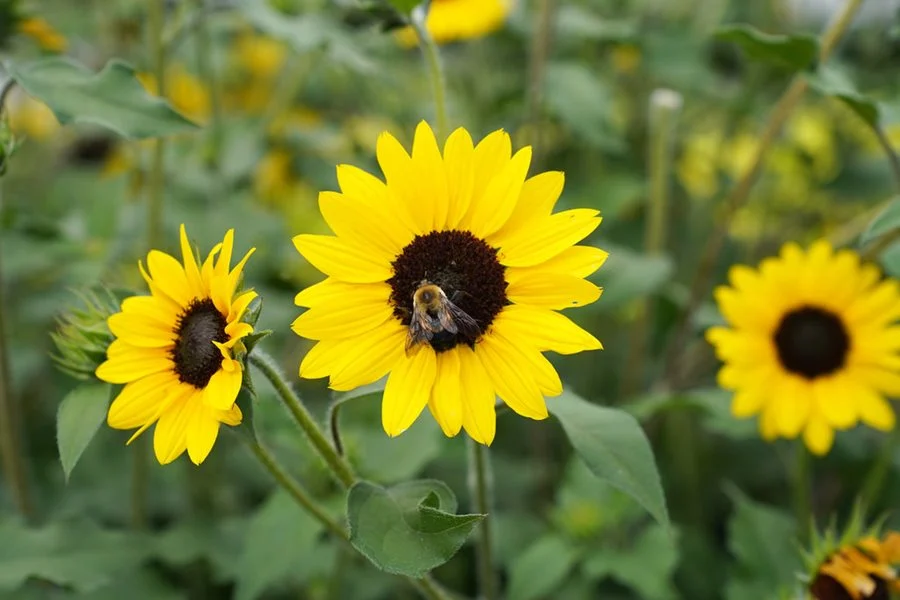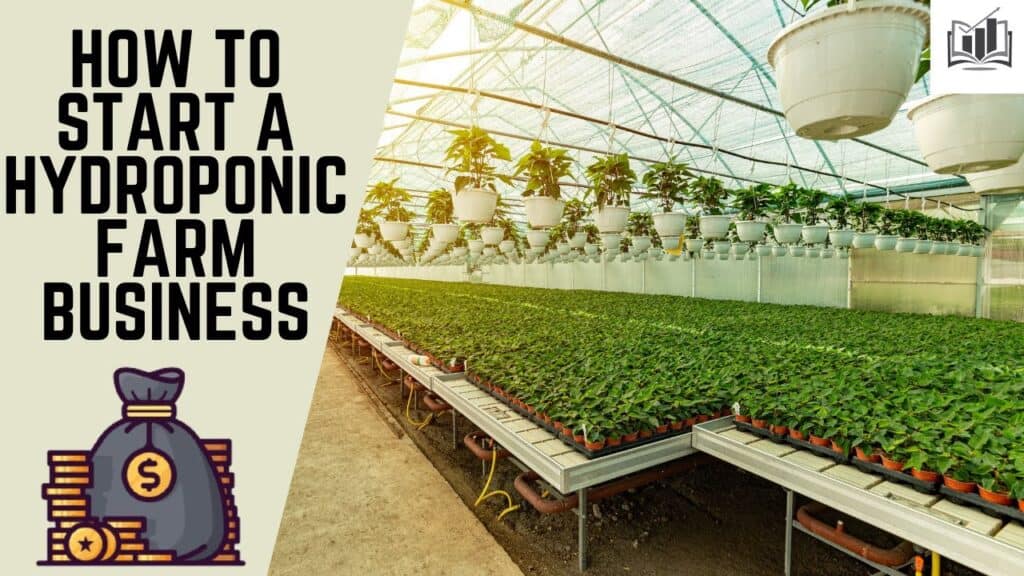Plants such as lavender, sunflowers, wildflowers, and bee balm are known to attract honey bees due to their abundant nectar and pollen, providing vital food sources for these essential pollinators.
The Sweetest Garden: How to Attract Honey Bees with These Plants
Honey bees play a crucial role in pollination, making them essential for the growth and productivity of your garden. As they move from flower to flower, honey bees transfer pollen, allowing plants to reproduce and produce fruits and seeds. Without honey bees, many plants would struggle to reproduce, leading to a decline in biodiversity and a decrease in crop yields.
Having honey bees in your garden not only benefits the plants but also provides numerous advantages for you as a gardener. Honey bees are excellent pollinators and can significantly increase the yield of fruits, vegetables, and flowers in your garden. Additionally, honey bees produce delicious honey, which can be harvested and enjoyed by you and your family. By attracting honey bees to your garden, you are creating a symbiotic relationship that benefits both the bees and your garden.
The Role of Honey Bees in Pollination and Plant Growth
Pollination is the process by which pollen is transferred from the male part of a flower to the female part, resulting in fertilization and the production of seeds. Honey bees are one of the most effective pollinators due to their ability to carry large amounts of pollen on their bodies. As they visit flowers in search of nectar, pollen sticks to their hairy bodies and is transported to other flowers, allowing for cross-pollination.
Pollination is essential for plant growth as it enables plants to reproduce and produce fruits and seeds. Fruits are the result of successful pollination, and they contain seeds that can be dispersed to create new plants. Without pollination, many plants would not be able to reproduce, leading to a decline in their populations.
Understanding the Honey Bee’s Habitat and Needs
To attract honey bees to your garden, it is important to understand their habitat requirements and needs. Honey bees require a diverse range of flowering plants that provide them with nectar and pollen throughout the year. They also need a source of water for hydration and to cool their hives.
Factors such as habitat loss, pesticide use, and climate change can negatively impact honey bee populations. Loss of natural habitats, such as meadows and wildflower fields, reduces the availability of food sources for honey bees. Pesticides can be toxic to bees and can lead to declines in their populations. Climate change can also affect the availability of flowering plants and disrupt the timing of plant blooming, making it harder for honey bees to find food.
Choosing the Right Plants to Attract Honey Bees
When choosing plants for your garden, there are several factors to consider to attract honey bees. First, select plants that have a long blooming period to provide a continuous source of nectar and pollen throughout the year. It is also important to choose plants that are native to your region, as they are more likely to attract local honey bees.
Some plants that are known to attract honey bees include lavender, sunflowers, bee balm, and coneflowers. These plants have vibrant flowers that produce ample amounts of nectar and pollen, making them irresistible to honey bees. By incorporating these plants into your garden, you can create a haven for honey bees and ensure a steady supply of pollinators for your plants.
Flowers that Produce Nectar and Pollen for Honey Bees
There are numerous flowers that produce nectar and pollen, making them attractive to honey bees. Some examples include:
1. Lavender: Lavender produces fragrant flowers that are rich in nectar. It is a favorite among honey bees and other pollinators.
2. Sunflowers: Sunflowers have large, showy flowers that produce copious amounts of nectar and pollen. They are a magnet for honey bees.
3. Bee Balm: Bee balm, also known as Monarda, produces vibrant flowers that are highly attractive to honey bees. It is a perennial plant that blooms from summer to fall.
4. Coneflowers: Coneflowers, also known as Echinacea, produce daisy-like flowers that are rich in nectar and pollen. They are a favorite of honey bees and butterflies.
To plant and care for these flowers, choose a sunny location in your garden and prepare the soil by removing any weeds or debris. Plant the flowers according to their specific requirements, ensuring they have enough space to grow and thrive. Water the plants regularly and provide them with adequate sunlight to promote healthy growth. Deadhead the flowers regularly to encourage continuous blooming and remove any spent flowers.
Shrubs and Trees that Provide Shelter and Food for Honey Bees
In addition to flowers, shrubs and trees can provide shelter and food for honey bees. Some examples include:
1. Blueberry Bushes: Blueberry bushes produce delicious fruits that are loved by both humans and honey bees. The flowers of blueberry bushes are also highly attractive to honey bees.
2. Willow Trees: Willow trees produce catkins, which are rich in pollen and nectar. They provide an early source of food for honey bees in the spring.
3. Apple Trees: Apple trees produce beautiful blossoms that are highly attractive to honey bees. They also provide a source of food in the form of apples.
4. Rosemary Bushes: Rosemary bushes produce fragrant flowers that are rich in nectar. They are a favorite among honey bees.
To plant and care for these shrubs and trees, choose a suitable location in your garden that provides enough space for them to grow. Ensure that the soil is well-draining and amend it with compost or organic matter if necessary. Water the plants regularly, especially during dry periods, and prune them as needed to maintain their shape and promote healthy growth.
Herbs and Vegetables that Attract Honey Bees
Herbs and vegetables can also attract honey bees to your garden. Some examples include:
1. Basil: Basil produces small flowers that are highly attractive to honey bees. It is a versatile herb that can be used in cooking and provides a source of food for honey bees.
2. Cucumbers: Cucumber plants produce yellow flowers that are rich in nectar. They are a favorite among honey bees and other pollinators.
3. Squash: Squash plants produce large, showy flowers that are highly attractive to honey bees. They provide a source of food and shelter for honey bees.
4. Thyme: Thyme produces small flowers that are rich in nectar. It is a hardy herb that can withstand dry conditions, making it an excellent choice for attracting honey bees.
To plant and care for these herbs and vegetables, choose a sunny location in your garden and prepare the soil by removing any weeds or debris. Plant the herbs and vegetables according to their specific requirements, ensuring they have enough space to grow and thrive. Water the plants regularly and provide them with adequate sunlight to promote healthy growth. Harvest the herbs and vegetables as needed, taking care not to disturb the honey bees that may be visiting the flowers.
Creating a Honey Bee-Friendly Environment in Your Garden
To create a honey bee-friendly environment in your garden, there are several tips you can follow:
1. Provide a variety of flowering plants: Plant a diverse range of flowers, shrubs, and trees that bloom at different times of the year to provide a continuous source of food for honey bees.
2. Avoid using pesticides: Pesticides can be toxic to honey bees and other pollinators. Instead, opt for organic pest control methods or use natural alternatives to protect your plants from pests.
3. Provide a water source: Place shallow dishes or birdbaths filled with water in your garden to provide honey bees with a source of hydration.
4. Create nesting sites: Leave areas of your garden undisturbed to provide nesting sites for honey bees. This can include leaving patches of bare soil or providing bee houses.
5. Avoid mowing too frequently: Honey bees are attracted to clover and other flowering weeds that may grow in your lawn. Avoid mowing too frequently to allow these plants to bloom and provide food for honey bees.
By following these tips, you can create an inviting environment for honey bees and ensure a steady supply of pollinators for your garden.
Tips for Maintaining a Healthy and Safe Garden for Honey Bees
To maintain a healthy and safe garden for honey bees, there are several tips you can follow:
1. Avoid using pesticides: Pesticides can be toxic to honey bees and other pollinators. Instead, opt for organic pest control methods or use natural alternatives to protect your plants from pests.
2. Provide a water source: Place shallow dishes or birdbaths filled with water in your garden to provide honey bees with a source of hydration.
3. Plant native plants: Native plants are adapted to the local climate and are more likely to attract local honey bees. They also require less maintenance and are more resistant to pests and diseases.
4. Avoid mowing too frequently: Honey bees are attracted to clover and other flowering weeds that may grow in your lawn. Avoid mowing too frequently to allow these plants to bloom and provide food for honey bees.
5. Create nesting sites: Leave areas of your garden undisturbed to provide nesting sites for honey bees. This can include leaving patches of bare soil or providing bee houses.
By following these tips, you can create a safe and healthy environment for honey bees in your garden.
The Benefits of Attracting Honey Bees to Your Garden
There are numerous benefits to attracting honey bees to your garden:
1. Increased pollination: Honey bees are excellent pollinators and can significantly increase the yield of fruits, vegetables, and flowers in your garden. By attracting honey bees, you are ensuring that your plants receive the necessary pollen for reproduction.
2. Improved biodiversity: Honey bees play a crucial role in pollination, which is essential for the reproduction of many plant species. By attracting honey bees to your garden, you are promoting biodiversity and helping to maintain a healthy ecosystem.
3. Delicious honey: Honey bees produce delicious honey, which can be harvested and enjoyed by you and your family. By attracting honey bees to your garden, you have the opportunity to enjoy the sweet rewards of their hard work.
4. Educational opportunities: Having honey bees in your garden provides an excellent opportunity for education and learning. You can observe their behavior, learn about their life cycle, and gain a deeper understanding of the importance of pollinators in our ecosystem.
Enjoying the Sweet Rewards of a Honey Bee-Friendly Garden
In conclusion, attracting honey bees to your garden is not only important for the growth and productivity of your plants but also provides numerous benefits for you as a gardener. Honey bees play a crucial role in pollination, allowing plants to reproduce and produce fruits and seeds. By providing a diverse range of flowering plants, shrubs, and trees, you can create an inviting environment for honey bees and ensure a steady supply of pollinators for your garden.
Creating a honey bee-friendly environment involves choosing the right plants, avoiding pesticides, providing a water source, and creating nesting sites. By following these tips, you can create a safe and healthy garden for honey bees and enjoy the sweet rewards of their hard work.
So, why not take the necessary steps to attract honey bees to your garden? Not only will you be helping these important pollinators thrive, but you will also be reaping the benefits of increased plant growth and productivity. By creating a honey bee-friendly garden, you are not only enhancing the beauty of your outdoor space but also contributing to the overall health and well-being of our planet.
Originally posted 2024-01-16 10:51:48.






